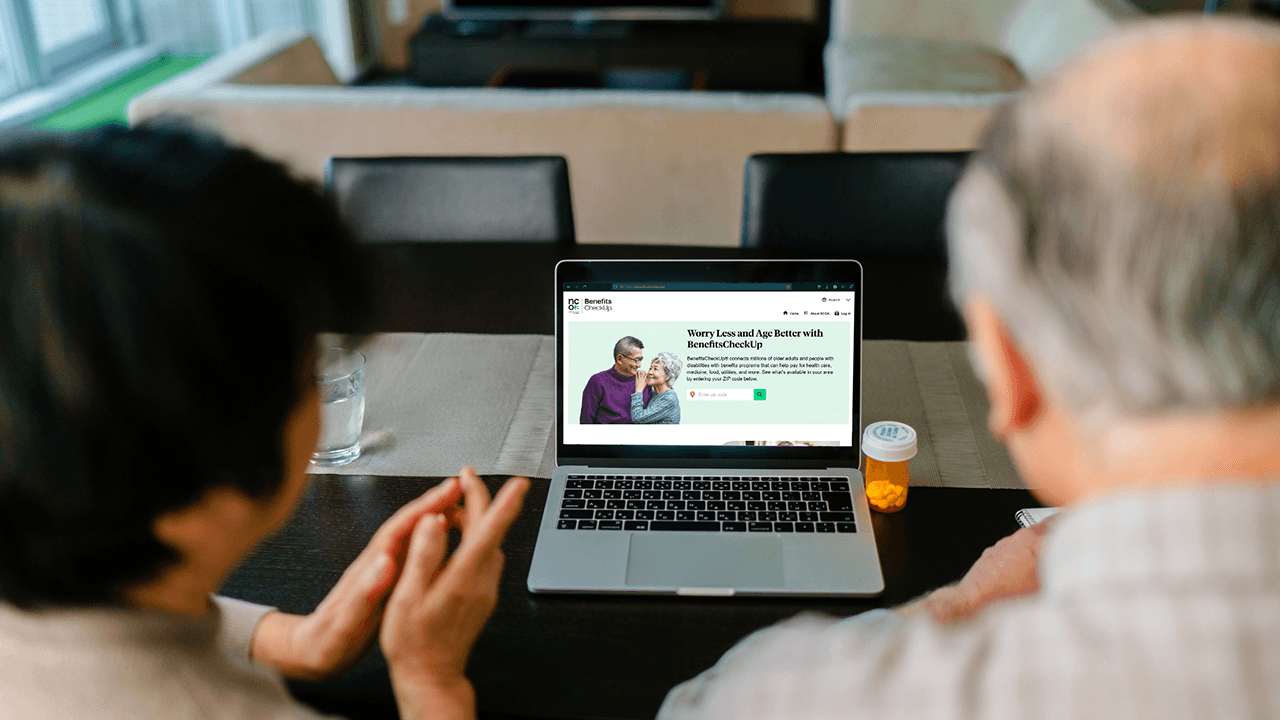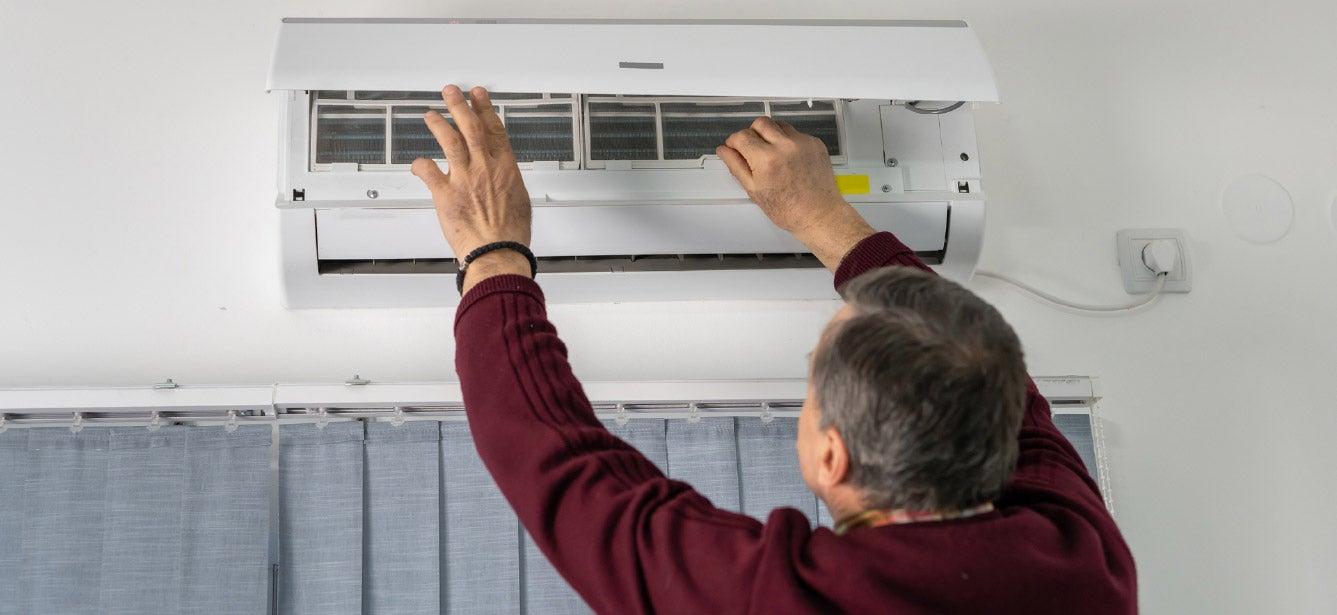
Related Topics
Many of us already struggle to afford the cost of heating and cooling our homes. And it's only becoming more difficult: amid worsening inflation and elevated consumer prices, our budgets are taking a hit.
This burden is especially painful in the peak winter and summer months, when energy costs can eat up nearly 20% of a low-income household’s budget.1 To put this in sharper perspective, that's more than three times the national average, according to the American Council for an Energy-Efficient Economy.
And the impact is clear: utility arrears (being behind on paying the bills) are a reality for 17.4 million U.S. households.2 Adding insult to injury, utility companies increasingly are shutting off power to these households in what the National Energy Assistance Directors Association calls a ruthless and effective debt collection strategy."2 This forces people into an impossible choice: heat, or eat?
No one should be put in this position. If you're worried about paying your home energy bills, there are steps you can take right now to get help. Learn more below.
I need help paying utility bills. What should I do?
Through federal, state-distributed grants, the Low-Income Home Energy Assistance Program (LIHEAP) provides limited financial help with utility bills to low-income households each year.
Each state sets its own eligibility guidelines, and the income limits can differ. If you don't qualify for LIHEAP, there are other ways to find help. We've provided several suggestions below.
1. Explain your situation to your utility company.
When you're having trouble paying your heating or cooling bills, one thing you shouldn't do is stay silent. Many utility companies have programs in place that provide help with utility bills to customers with low income, such as special payment plans or reduced rates. Often, these programs are funded collectively by other customers, who have the option to make charitable donations alongside their regular bill payment. Call your utility provider directly, explain that you’re experiencing financial difficulties, and ask them what options they offer.
National Grid, for example, provides discounted rates on electric to customers who are already enrolled in an eligible benefit program. Intermountain Gas in Idaho offers year-round Crisis Assistance to income-eligible customers who are unable to pay their bill and are at risk of having their service disconnected or running out of fuel.
Many companies will help you even without requiring proof of hardship. Although not all providers will provide utility bill assistance, it’s worth a phone call to find out.
2. Apply for weatherization assistance.
Weatherization involves making upgrades and repairs to your home to enhance energy efficiency, lower overall energy consumption, and reduce your home utility bills. These enhancements may include everything from insulating your walls and attic to making heating system repairs to installing low-flow showerheads.
While weatherizing your home won’t yield immediate cost savings, the money you save over time could be substantial. In fact, according to the U.S. Department of Energy (DOE), weatherization can lead to an annual energy savings of $372 as expressed in 2022 dollars.3
Home weatherization costs money, but if you live on low income, you may be able to get it for free through the Weatherization Assistance Program (WAP). Serving about 32,000 homes annually, WAP provides weatherization services to income-eligible households at no cost to them. Homeowners, renters, and mobile-home owners are all able to apply for WAP, and priority is given to adults age 60 or older. Choose your state, tribe, or territory on this map to review eligibility guidelines and see if you qualify for help.
3. Explore other energy assistance programs available in your state.
Beyond LIHEAP and WAP, many states offer their own assistance programs for residents that need help paying utility bills. For instance:
- Massachusetts has the Good Neighbor Energy Fund, a cooperative effort between state energy companies and The Salvation Army of Massachusetts. Funded by donations, this program provides grants for families and households that have a temporary, urgent need for utility bill assistance.
- In Arizona, the Home Energy Assistance Fund helps low-income Arizona households pay for heating and cooling utility bills as well as appliance repairs.
- Maryland offers the Arrearage Retirement Assistance grant program, which helps customers pay past-due electric and gas bills of $300 or more. The state also provides financial assistance for customers who are struggling to pay their electric bills through its Electric Universal Service Program.
You can also find utility bill relief programs online by typing "help with utility bills in [your state]" into your browser's search bar (like Google).
4. Contact your local Benefits Enrollment Center for guidance.
Located across the U.S., Benefits Enrollment Centers (BECs) are community organizations that help Medicare members with low income and people with disabilities find and enroll in all the benefits programs they qualify for. These programs can help you find assistance with food, transportation, health care, and yes—even utility bills.
Contacting your local BEC is a simple act that can be life-changing. Just ask David Z., age 75, a veteran who depends solely on his Social Security Disability Income to live. After working with one of our BECs, David found out he qualified not only for the Supplemental Nutrition Assistance Program (SNAP), but also for valuable utility discounts. "I'm so grateful," David told us. "These benefits save me hundreds of dollars a year."
Find a Benefits Enrollment Center near you and make an appointment to speak to a trained benefits counselor.
You can also check your eligibility for LIHEAP and other energy assistance programs with BenefitsCheckUp—our free, easy-to-use online tool. Visit the BenefitsCheckUp home page and enter your ZIP code to get started.
Sources
1. Aimee Bell-Pasht. Low-Income Households Spend Nearly 20% of Income on Home Energy and Auto Fuel Costs. American Council for an Energy Efficient Economy. August 2024. Found on the internet at https://www.aceee.org/blog-post/2024/05/low-income-households-spend-nearly-20-income-home-energy-and-auto-fuel-costs
2. National Energy Assistance Directors Association. Energy Hardship Report August 2024. Found on the Internet at https://neada.org/wp-content/uploads/2024/08/August-Summer-Hardship-Report-Final.pdf
3. U.S. Department of Energy. Weatherization Assistance Program. Found on the internet at https://www.energy.gov/scep/wap/weatherization-assistance-program




